Walt Disney: From a Mouse to a Kingdom: Disney’s Journey of Innovation.
Walt Disney, born on December 5, 1901, in Chicago, Illinois, grew up in a modest household but harboured grand dreams. From an early age, he exhibited a keen interest in drawing and storytelling, which would later become the foundation of his success.
Disney’s journey began in Kansas City, where he worked at the Pesmen-Rubin Art Studio and later at the Kansas City Film Ad Company. Here, he developed a fascination with animation, which led him to create his first animation company, Laugh-O-Gram Studio, in 1922. Despite producing innovative cartoons, the company went bankrupt due to financial mismanagement. Undeterred, Disney moved to Hollywood in 1923 with his brother Roy, where they started the Disney Brothers Studio.
In Hollywood, Walt and Roy created the character Oswald the Lucky Rabbit, which became a hit. However, in a significant setback, they lost the rights to Oswald in a contract dispute with their distributor. This experience taught Disney the importance of retaining creative control over his work. Out of this adversity, Mickey Mouse was born in 1928. Steamboat Willie, the first synchronized sound cartoon featuring Mickey, became an instant sensation, marking the beginning of Disney’s rise to fame.
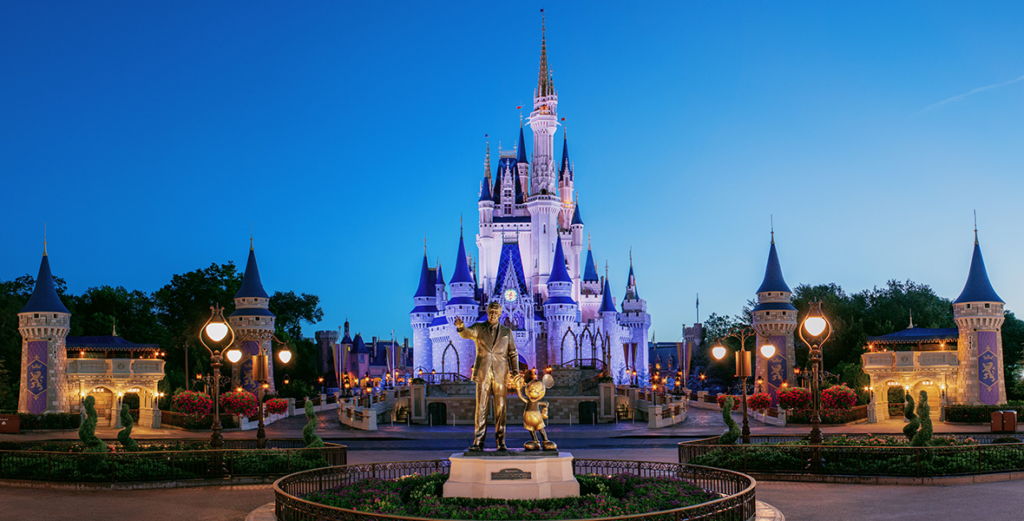
Walt Disney’s relentless innovation and pursuit of excellence led to the creation of numerous beloved characters and stories. In 1932, he introduced the first full-color cartoon, Flowers and Trees, which won an Academy Award. This was followed by the groundbreaking Snow White and the Seven Dwarfs in 1937, the first full-length animated feature film. Despite industry scepticism and significant financial risk, the film’s success proved Disney’s visionary approach to storytelling.
Disney continued to push the boundaries of animation with classics like Pinocchio, Fantasia, Dumbo, and Bambi. Each film showcased advancements in animation technology and storytelling, solidifying Disney’s reputation as a pioneer in the industry. However, World War II brought challenges, including financial difficulties and a temporary halt in feature production.
After the war, Disney expanded his vision beyond animation. In 1950, he produced his first live-action film, Treasure Island. However, his most ambitious project was Disneyland, a theme park designed to bring his stories to life. Opening in 1955 in Anaheim, California, Disneyland was an unprecedented success, offering visitors an immersive experience unlike anything before.

Disney’s innovation extended to television with shows like The Mickey Mouse Club and Walt Disney’s Wonderful World of Color, which helped finance Disneyland and further expanded the Disney brand. In the 1960s, he embarked on another groundbreaking project, the Experimental Prototype Community of Tomorrow (EPCOT), envisioning a futuristic city that would showcase the latest innovations in technology and urban planning.
Walt Disney passed away on December 15, 1966, leaving behind a legacy of creativity, innovation, and storytelling. His influence extended beyond animation to theme parks, live-action films, and television. The Walt Disney Company, which he co-founded, has grown into a global entertainment conglomerate, continuing to enchant audiences worldwide with its timeless stories and characters.
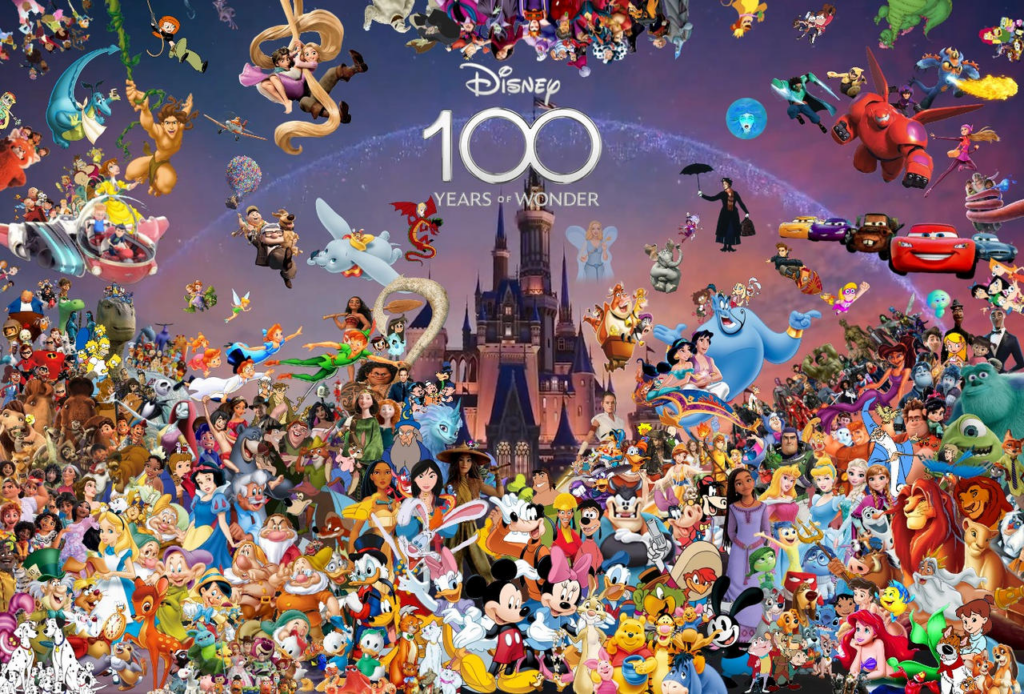
Walt Disney’s success story is a testament to the power of imagination, perseverance, and the belief that dreams can come true. His visionary spirit transformed entertainment and created a magical world that continues to inspire and delight millions.

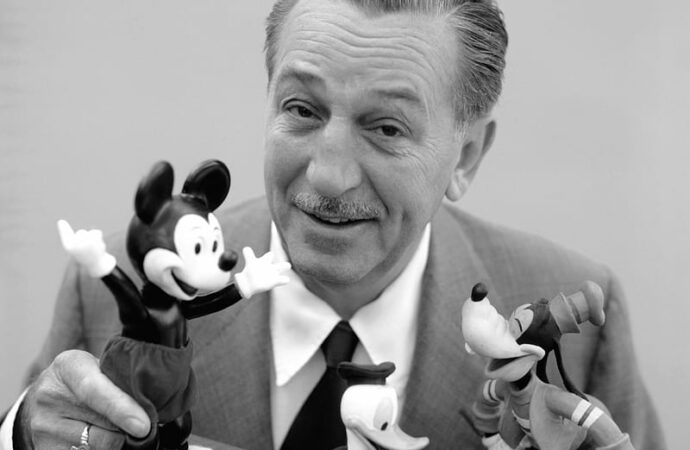

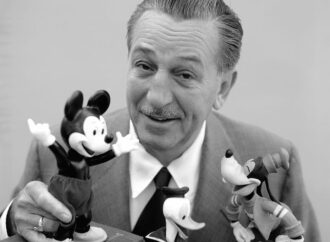


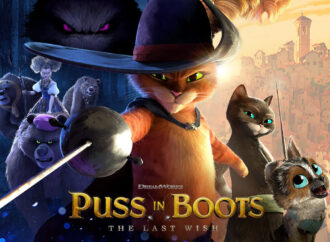


















Leave a Comment
Your email address will not be published. Required fields are marked with *